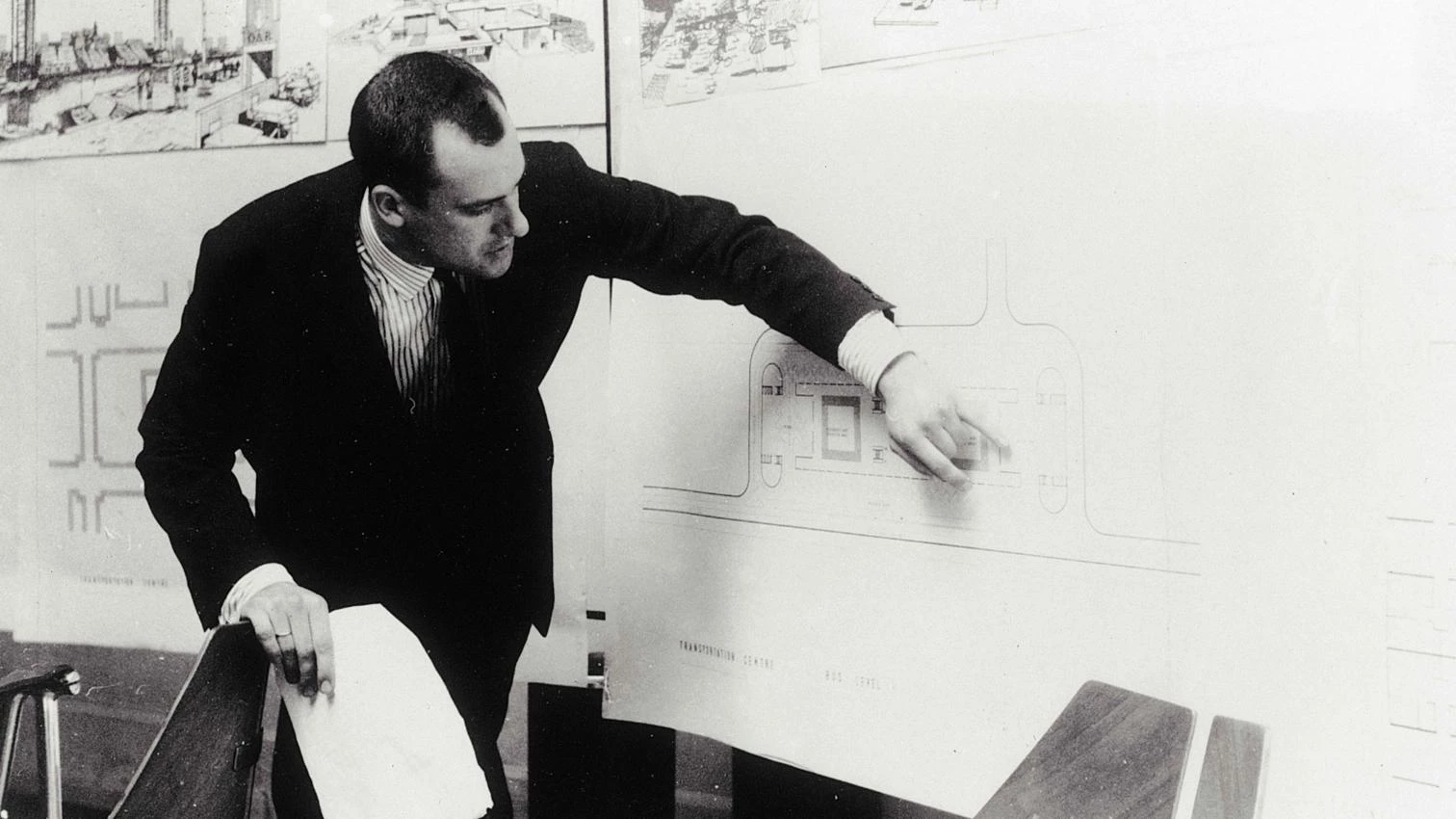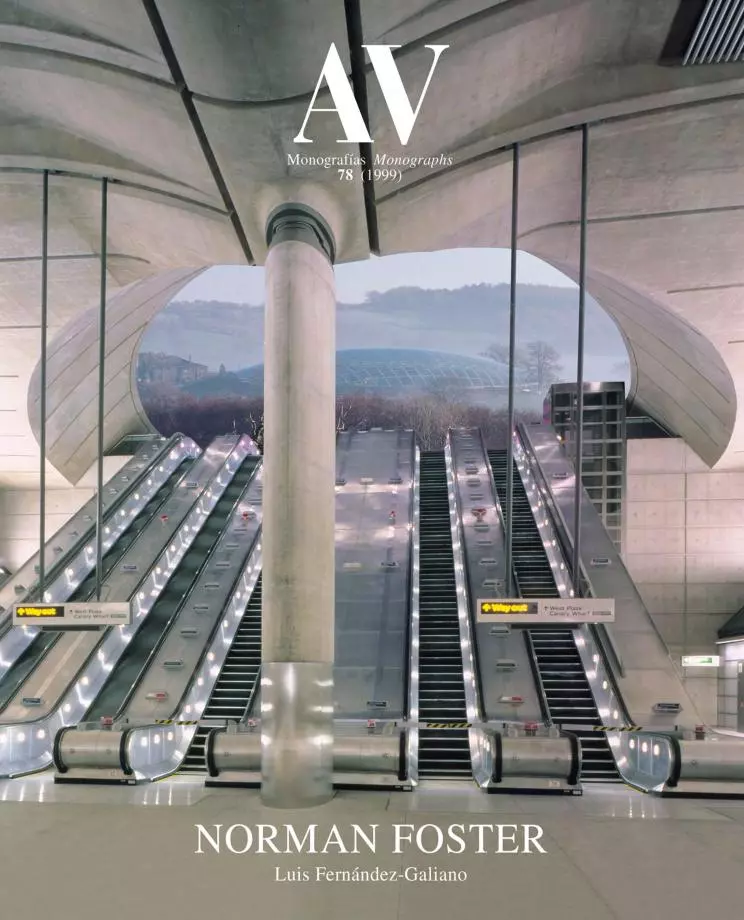A Voyage of Discovery: Horizons of Invention

Born in Manchester the first of June of 1935, Norman Foster built his first structure – a tiny glass refuge in Cornwall that retrospectively can be seen as the conceptual seed of his work –in 1964, and the almost thirty years in-between trace an itinerary that seems to lead without hesitation from the unpromising working class environment of a declining city to the mythical beginning of a meteoric career. A single child fond of mechanical devices, and a lone teenager that found in books the shortest way out of Manchester, young Norman was a minor clerk in the Town Hall between 1951 and 1953; a conscript radar technician in the Royal Air Force between 1953 and 1955; and an employee in the office of the architect John Beardshaw between 1955 and 1956. The architectural heroes of the early books, a laboriously bred drawing talent and a single-minded stubborn will made him first a draughtsman in the office, and then an architectural student that paid his way in Manchester University through odd temporary jobs – loading ice-cream trucks or rendering perspectives for billboards. From his first school design of a boathouse in 1956 to his final thesis project of a museum in 1961, Foster spent five years in the School of Architecture, acquiring an education that was invariably complemented with summer architectural travels throughout the continent, often financed with measured drawings prizes for which he chose windmills or barns instead of Georgian buildings; these study trips brought him in contact with many of the icons of the Modern Movement and gave him a first-hand experience of a large section of post-war European architecture, breeding a commitment to the modern spirit which would only be shared with a deep fascination with the impeccable logic to be found in the anonymous tradition of industrial construction and vernacular building. In 1961 he won a scholarship for the Yale School of Architecture, where he was a student of Paul Rudolph and Serge Chermayeff, travelled extensively in the United States and – completely transformed by the American experience –returned to Great Britain in 1963 to start Team 4 and his professional biography. These years of training are recorded here in the words of the architect himself, who recollected his childhood and youth at my request, during a conversation in London the second of June of 1999 –one of the many held to prepare this monograph, which covers his career to date...[+]





